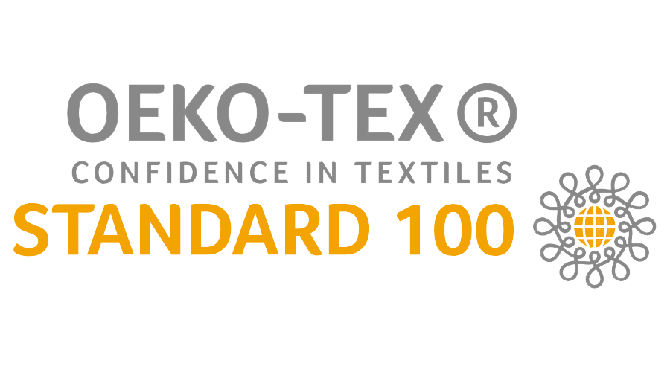Cycling Wear
Up to 20 existing cycling wear styles for you to choose from, or you can send in your favorite style and we offer an attentive design service.
A variety of fabrics for you to choose from: Polyester, Spandex, Lycra, Gore-tex etc.
We have internationally recognized certificates that guarantee that our products pass stringent international requirements.
Custom Cycling Wear Manufacturer

Our Range of Custom Cycling Wear
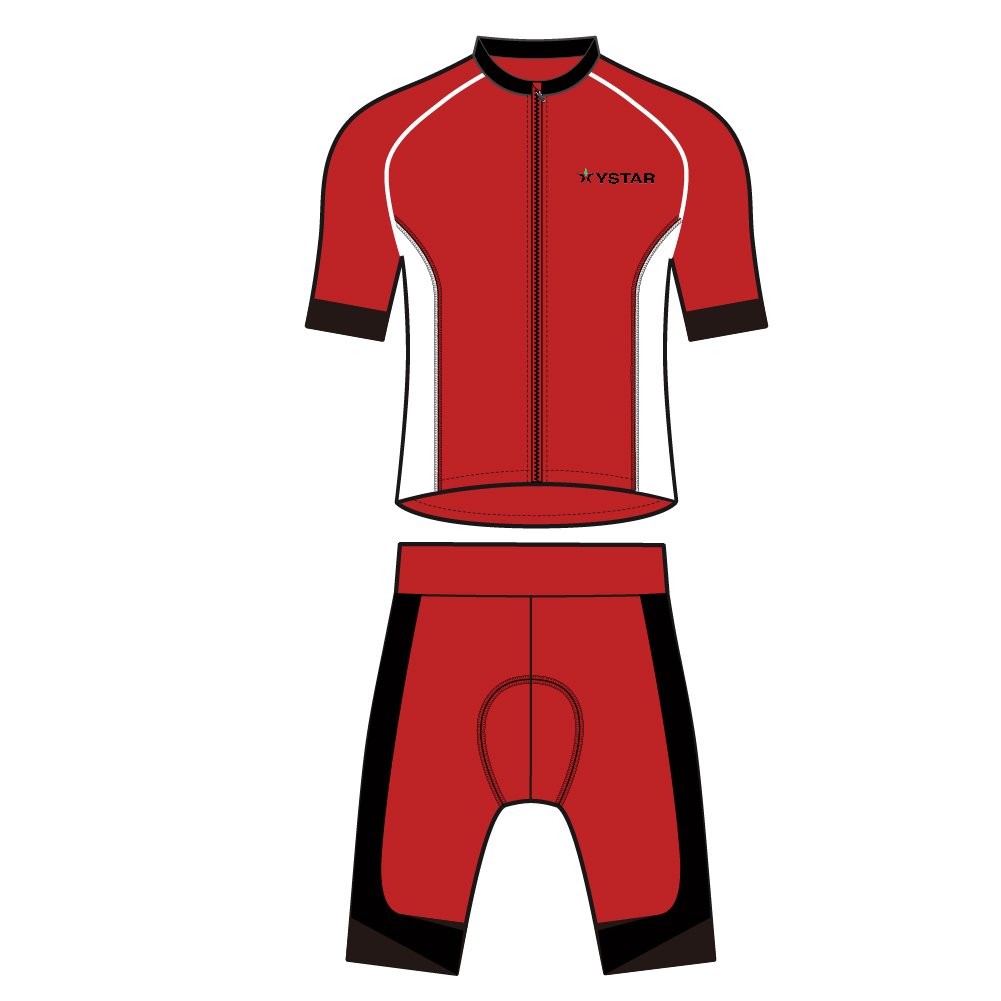
Short Sleeve Cycling Wear
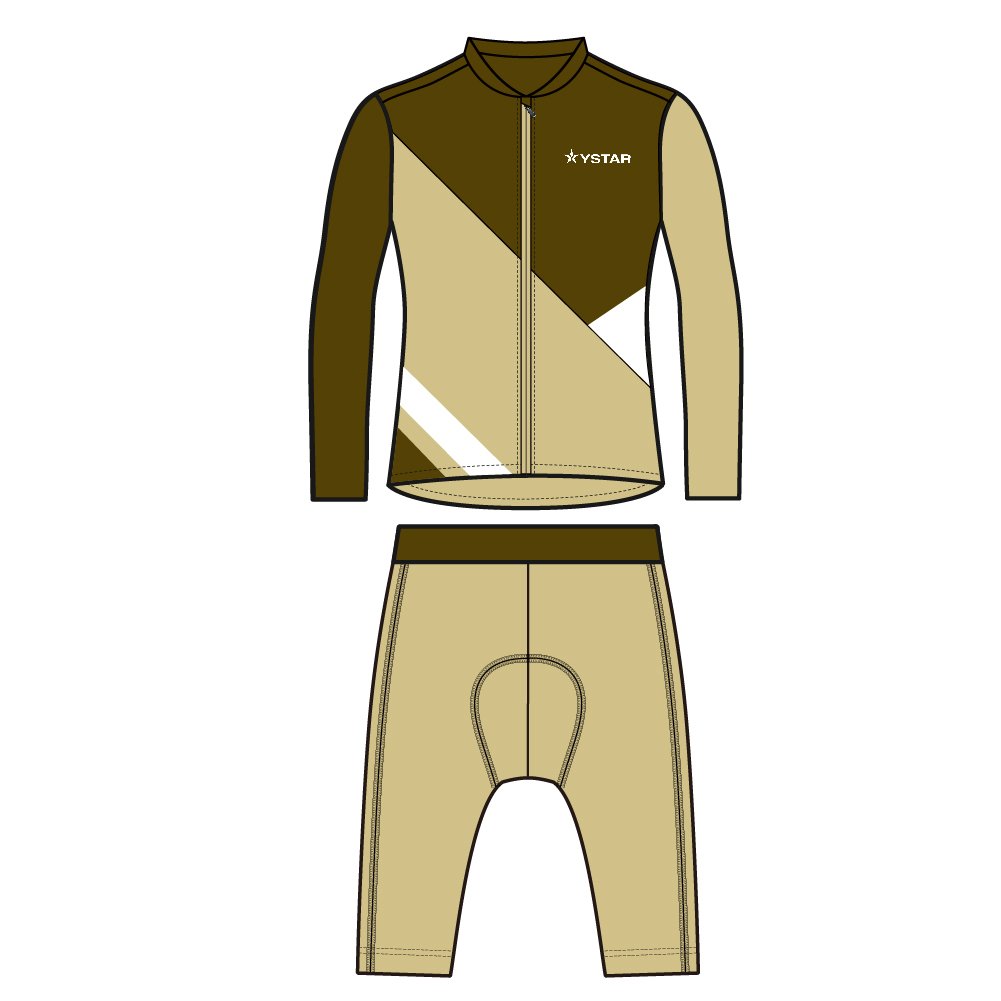
Long Sleeve Cycling Wear

Cycling Bib Shorts
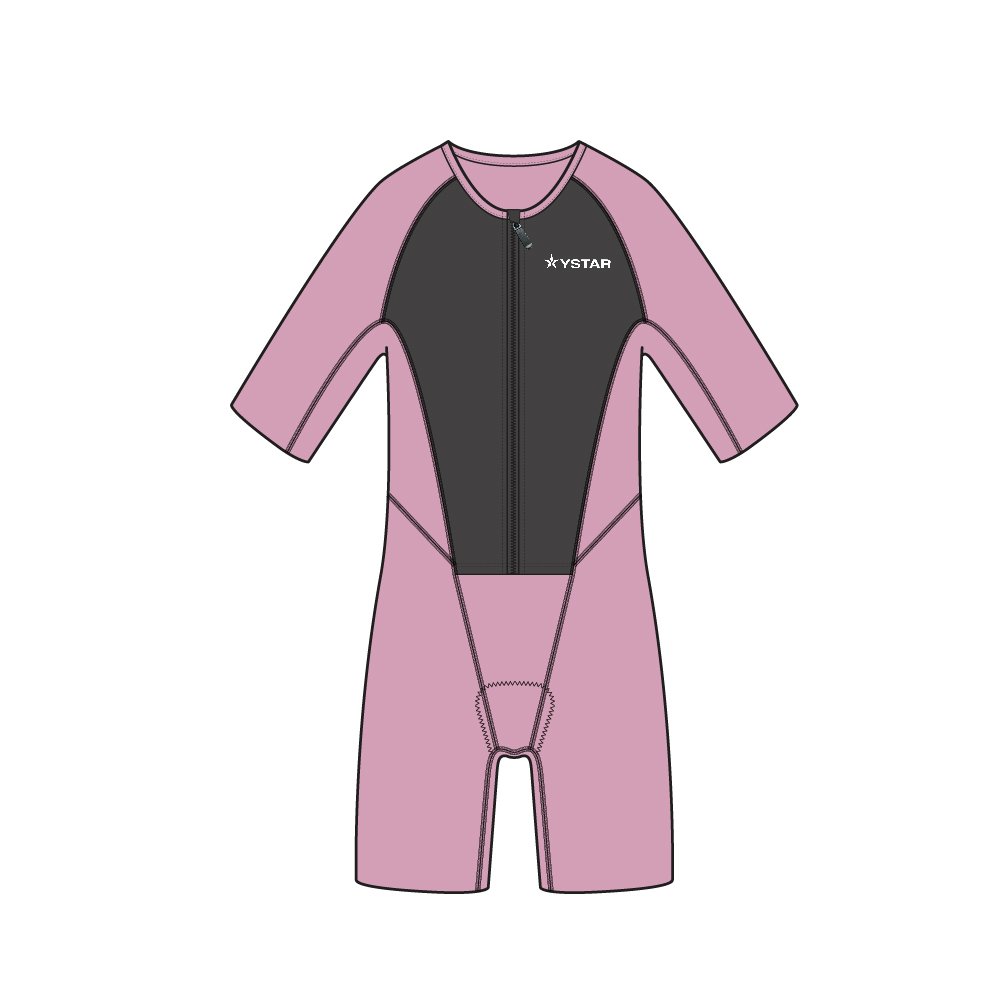
Triathlon Suit
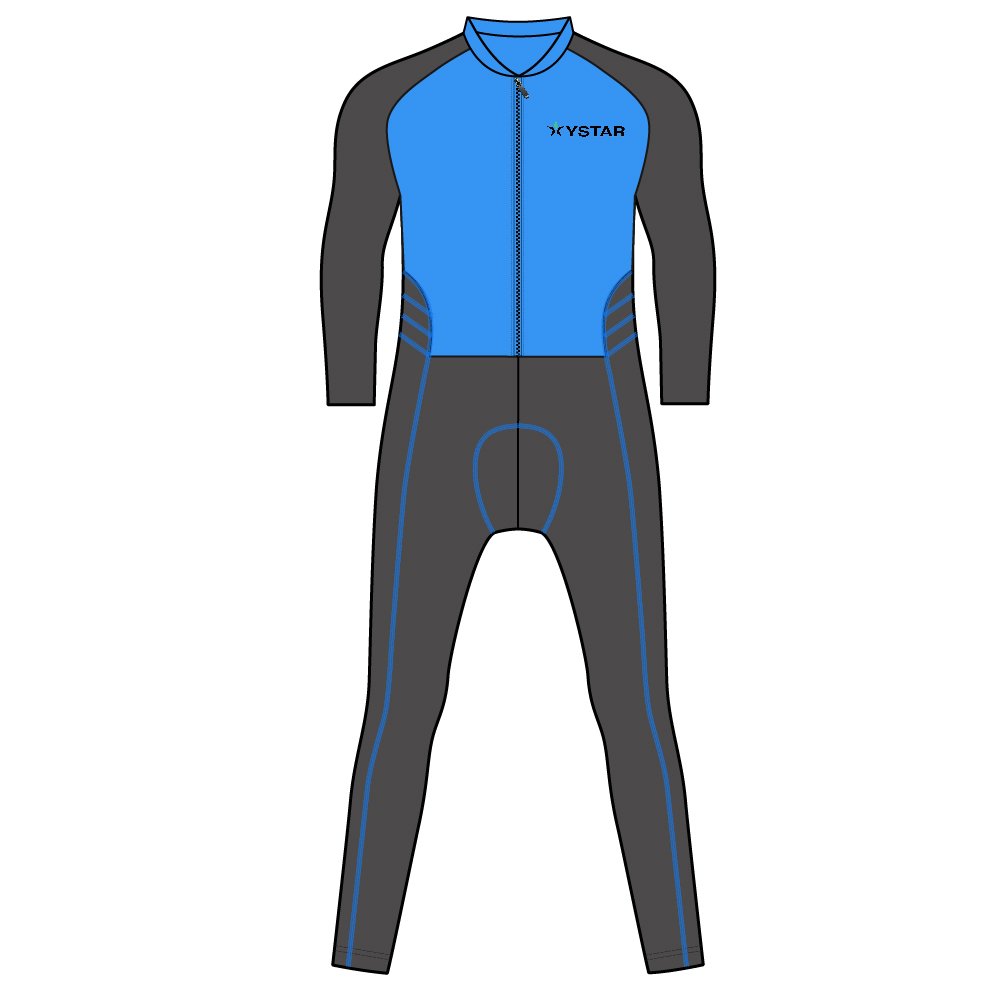
Long Sleeve One-piece Cycling Suit
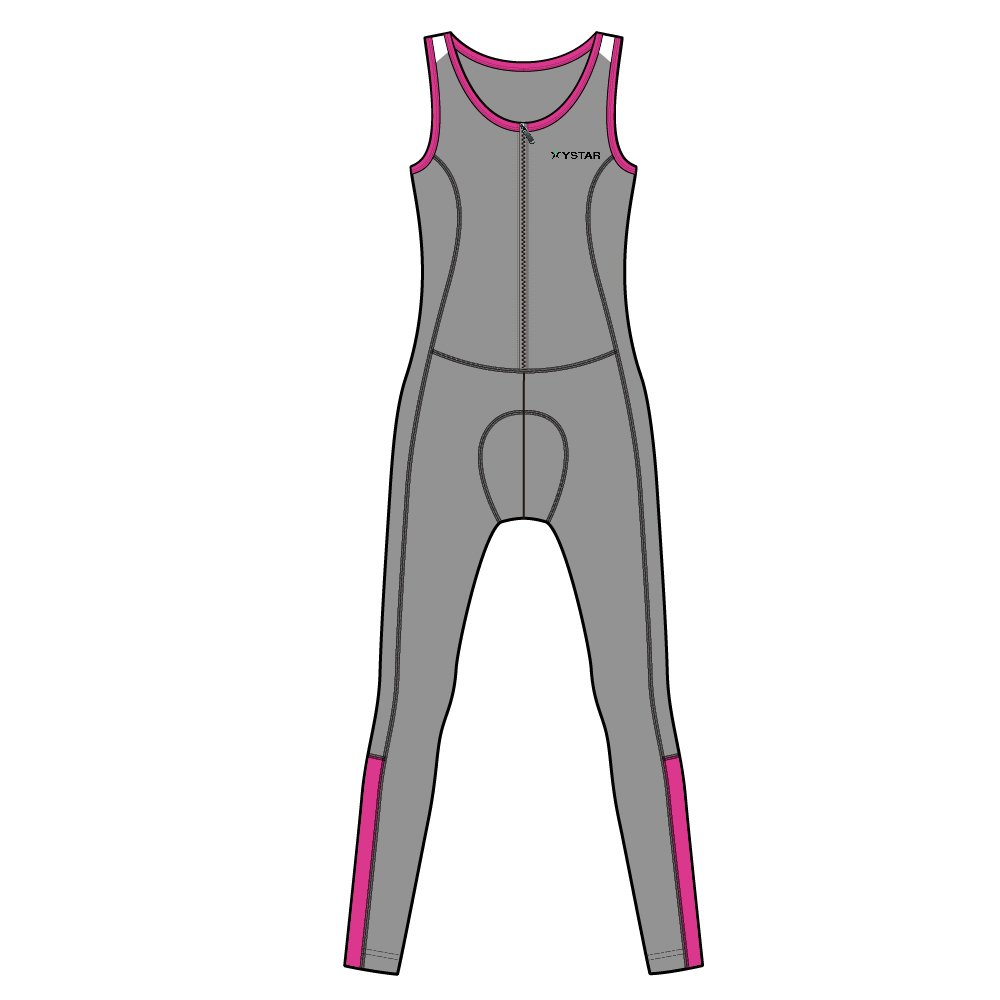
Vest One-piece Cycling Suit
Variou Choices for Cycling Wear Brand

- Polyester+Spandex
- Polyester+Wool+Spandex
- Polyester+TPU
- Polyester+PBT
- Nylon+Spandex
- PU Layer
- Coil Zipper
- Conceal Zipper
- Reversed Zipper
- Two-way Zipper
- Vislon Zipper
- Waterproof Zipper
- Special Zipper

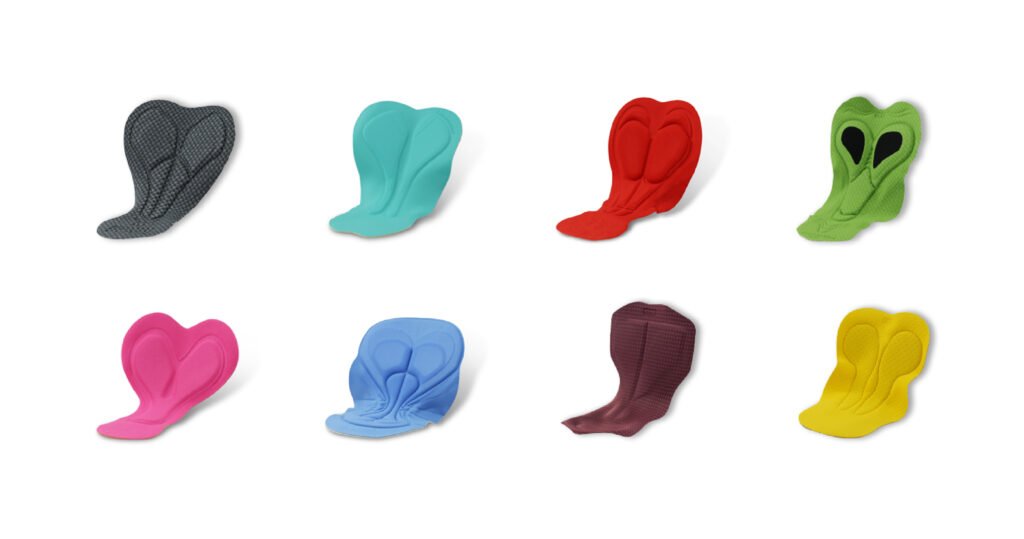
Used for:
- Road
- Triathlon
- MTB
- Training
- Pro
How Can We Handle Your Order



As a cycling wear factory, we pride ourselves on providing top-notch customer service to all of our clients. When you choose our cycling wear products, you can expect to receive personalized attention from our team of dedicated professionals who are committed to helping you find the perfect cycling wear to meet your needs.
One-stop Solution
Our cycling wear professional sales will provide you with the following services:
Personalized Consultation: Our team will work with you to understand your unique needs and preferences, and recommend the best cycling wear options for you.
Customized Design: We offer custom design services to create the perfect cycling wear for your brand, including color, fit, and material.
Documentation: We will prepare and organize all necessary documentation related to your order, to ensure that your cycling wear is produced to your exact specifications.
Timely Delivery: We understand the importance of meeting deadlines in the retail industry, and we work diligently to ensure that your order is delivered on time. We will provide you with regular updates on the progress of your order and work with you to accommodate any necessary changes or adjustments.
Sustainability: We are committed to reducing our environmental impact and promoting sustainability in the cycling industry. We offer eco-friendly materials and production methods to minimize waste and pollution, and we encourage our customers to make responsible choices when selecting cycling wear products.
Quality Control
We also provide top-notch quality control services to ensure that our customers receive only the best products from us. We use advanced technology such as needle inspecting machines to thoroughly check the quality of every item we produce.
Furthermore, our products undergo a rigorous quality control process where our trained QC personnel check each item twice to guarantee that the product meets the size chart and has no other problems. We are committed to delivering products that exceed your expectations, and this is reflected in our quality control process.
If our customers have any concerns or issues with the quality of our products, we also support third-party inspections. This means that our customers can request for an independent party to visit our facilities and verify the quality of our products. We are confident in the quality of our products and welcome any inspections to demonstrate our commitment to excellence.
Customer Service
We guarantee to provide satisfactory cycling wear and services to all of our customers. We understand that you may encounter issues and require assistance, and we are committed to providing a prompt and effective solution. Our team of friendly and courteous customer service experts is always available to help you. Please don’t hesitate to contact us via phone or email using the following contact details:
Phone: (+86) 15606924212
Email: info@ystarwear.com











